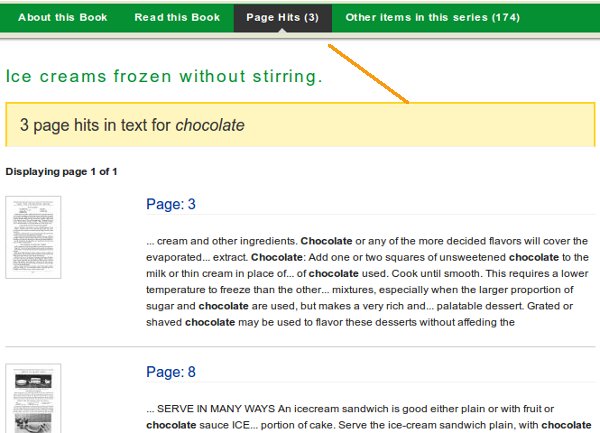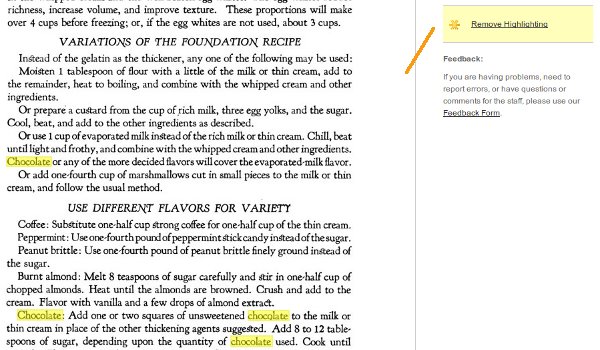how people are using our digital libraries for scholarship, creativity, and lifelong learning.
In March of 1837, Thomas Borden sold his interest in the Telegraph and Texas Register to Francis W. Moore. Under Moore’s editorial direction from 1837-51, the paper became the most important news source in Texas, and many of his stories were geared towards attracting immigrants to the new Republic. What is not widely known and is “forgotten” is that unlike most editors of the day, Moore never listed the name of his printer.
This fact caused retired English professor Dr. Joe Allen Rice (called “Doc”) to imagine why this was, and inspired the creation of a play about who this printer may have been. Dr. Rice’s imaginative, fictionalized account conjectures – what if his printer was a free African-American? And what if Moore employed this man as his printer? The result is a play that will be produced next month based on exploring this idea. The Forgotten Men Who Invented Texas will be performed at the Clarence Muse Theater in downtown Dallas on November 10, and is being produced and staged by TBAAL, The Black Academy of Arts & Letters.
TBAAL’s program states that the play “is the moving story of an editor and printer of the Telegraph and Texas Register, two White and African American men, who share thoughts and wishes for Texas during the years of the Republic: 1837 – 1845. These two beloved and forgotten best friends live on borrowed time as the Civil War draws nearer. They were erased from Texas history by Southern sympathizers who erected monuments of heroes of the Confederacy. We should know them … and this gripping story tells why!”
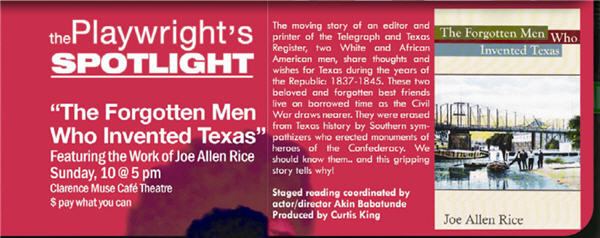
DB: Doc, this sounds like a fascinating play! What was your inspiration?
Doc: I was recuperating from a quadruple bypass. I read every single issue of the Telegraph and Texas Register between 1836 and 1846, about 500 issues, thanks to the UNT Libraries. I couldn’t resist telling the story of a talented white editor and his equally talented black printer who were erased from history by my ancestors and men like them. Francis Moore, the editor, was Houston’s mayor three times, served in the Congress of the Republic as a senator, built the first bridge over Buffalo Bayou, and designed Houston’s city seal, which is still in use. He also created a remarkable map of Texas, of which only 3 survive. One recently sold for $274,850!
Moore was a one-armed man who served as a surgeon in Sam Houston’s Army. He was a Harvard educated physician like his father before him and he was also licensed to practice law. The more I read, the more I could see the hand of his printer at work. The printer – who name is lost to history – was reimagined as a free man of color. And the paper was flawless. Almost any newspaper of the same size today would have more errors.
DB: Why was this paper so influential?
Doc: Francis Moore wrote the first article about “The Lone Ranger,” Capt. Jack Hays. Moore drew settlers to Texas because it was an era of free newspaper exchange, and publishers around the country and in Europe loved to reprint his stories. He was an excellent writer and Texas was romantic and mysterious. Editors in the East and in Europe couldn’t get enough. He drew people from as far away as Central Europe who came to Texas and opposed slavery.
I’ll add one last thing: he invented “Texas Brags.” Nobody before had boasted about Texas the way he did, every week, relentlessly. He paid special attention to “minerals,” till Sam Houston appointed him Secretary of Geology after Texas had become a state.
DB: Since the name of Moore’s printer is lost to history, what research did you draw upon to create the story of their friendship?
Doc: When Dr. Francis Moore reached Texas in ’36, he brought with him a family of blacks as well as his own family. At least that’s what I found digging around. Suggested. Not proven. Then there’s the paper’s masthead. Moore, very much a man of his time, saw no need to list his printer, as other papers of the day sometimes did. I imagined why this might have been, and was taken by this idea. What would their conversations have been like? What might they have said to each other?
DB: Can you share a brief excerpt from the play?
Doc: Sure! Here’s the lead-in to the poem that closes the end of the play.
STAGE MANAGER: The winter of 1846 is bitterly cold. Editor Moore wears heavy clothing as he steps to his desk, withdraws an envelope and fumbles it open. He stands looking at the poem it contains, then speaks.
EDITOR: The fool! He took only half the money we made from “Escaped Slave” ads. It was a gift! He left half behind? I never yet met a negro who could understand the value of money.
We brought you here with scant regard,
Your sweat lubricates our luxury.
We shelter you with whip and guard,
Embrace your very inferiority.
God left his design
For us to mold your mind
And soul into one that is whole.
One day —
As will soon come to pass
We shall see our one-time property
Independent and so-called “free”
Float far beyond our embrace.
And we
Forever and ever will yearn
For the return
Of that we have earned.
Whatever else you are, or not,
You are our fortune –
You’re all we’ve got.
DB: I know that you credit the UNT Libraries for enabling your research, but also the President of the The Black Academy of Arts & Letters, Curtis King. How did he help you with this process?
Doc: Curtis King saw my play as worthy of production and never hesitated in his support. I truly thank him for making this happen for an audience.
If you want to go …
Play: The Forgotten Men Who Invented Texas
Date: Sunday, November 10, 2013 at 5 pm
Where: Clarence Muse Café Theater, 650 Griffin Street, Dallas, TX 75270
Price: $ pay what you can
Who: play by Dr. Joe Allen Rice, produced and staged by TBAAL, The Black Academy of Arts & Letters
About Dr. Joe Allen Rice.
Doc belongs to the Sons of the American Revolution and Sons of the Republic of Texas – his ancestors crossed the Sabine into Texas on January 10th, 1821. He is eligible for both Sons of Confederate Veterans and Sons of Union Veterans.Doc holds a doctorate in American Literature from the University of Texas and Florida State University. His dissertation was published as Flash of Darkness.
He shared in a Pulitzer Prize for Investigative Reporting, “many years ago,” during an 8 year period as a weekly op/ed columnist and major newspaper contributor.
His career included 40 years teaching English composition, literature, and technical writing at University of Houston, and has written the book Writing to Express. He’s also been an oil industry-research, technical writer/editor/consultant.
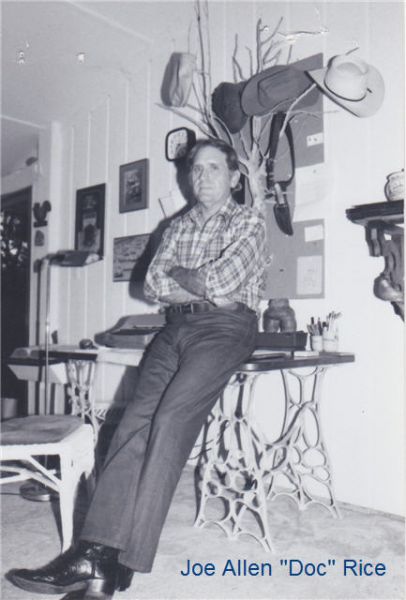


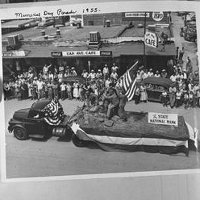
![[Memorial Day at Fairview Cemetery]](http://blogs.library.unt.edu/digital-collections/wp-content/uploads/sites/migrated/4/mem-day.jpg)
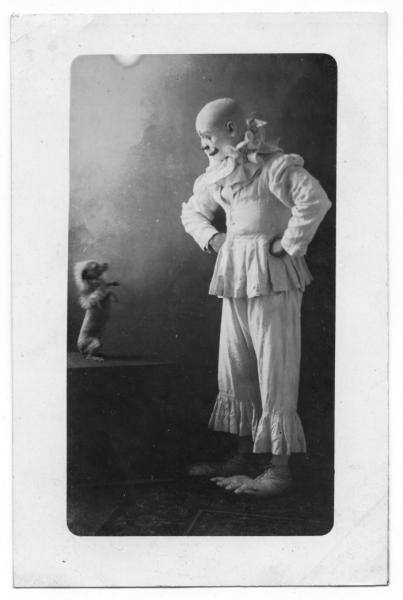
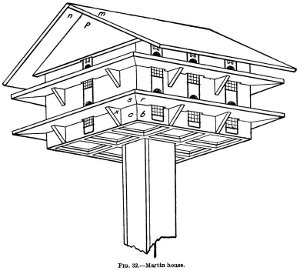
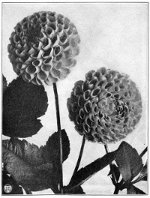
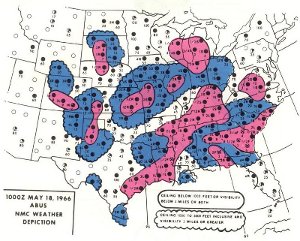
![[Milking Demonstration]](http://blogs.library.unt.edu/digital-collections/wp-content/uploads/sites/migrated/4/diy-milking1.jpg)
![[Photograph of a Group of Women Stretching]](http://blogs.library.unt.edu/digital-collections/wp-content/uploads/sites/migrated/4/diy-stretch1.jpg)
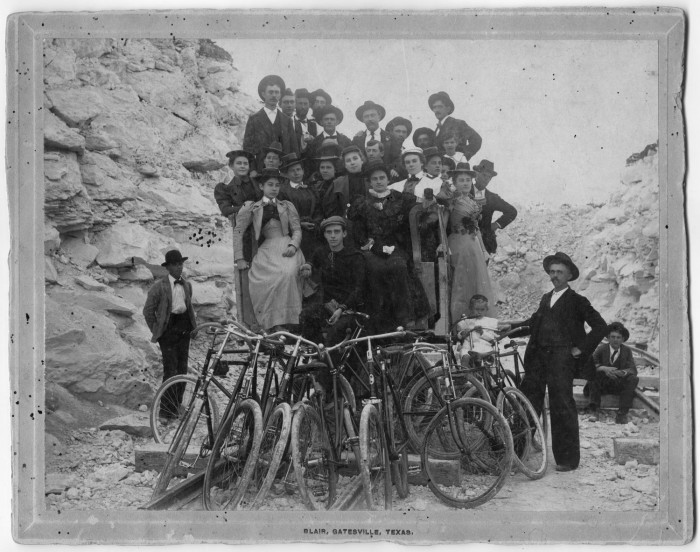
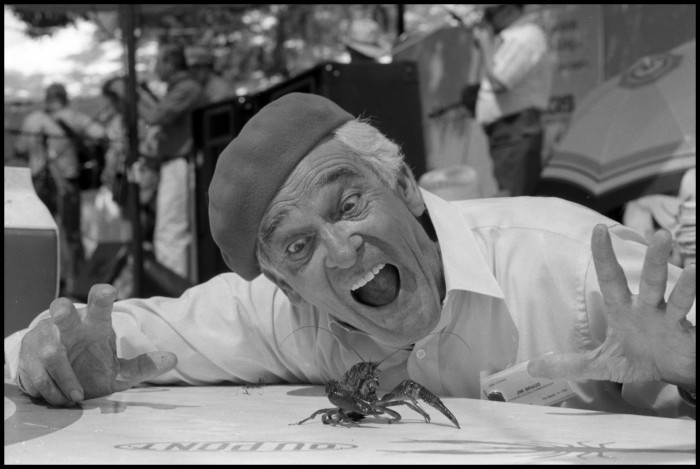
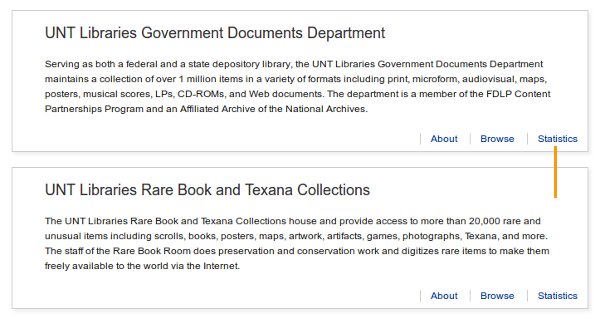
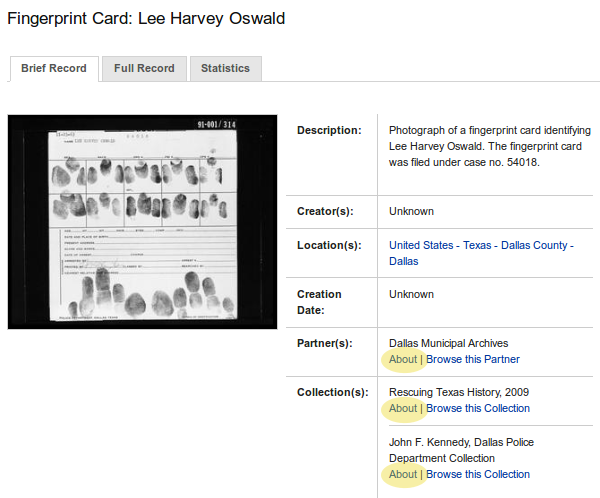
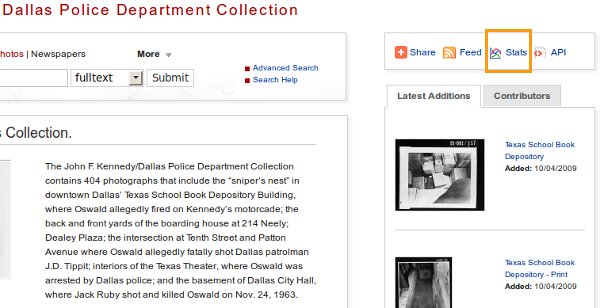
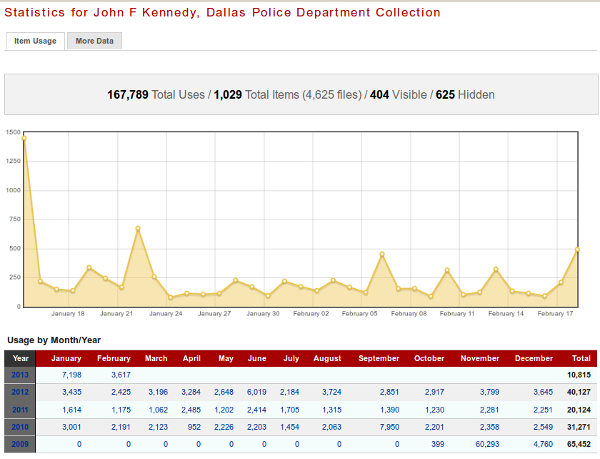
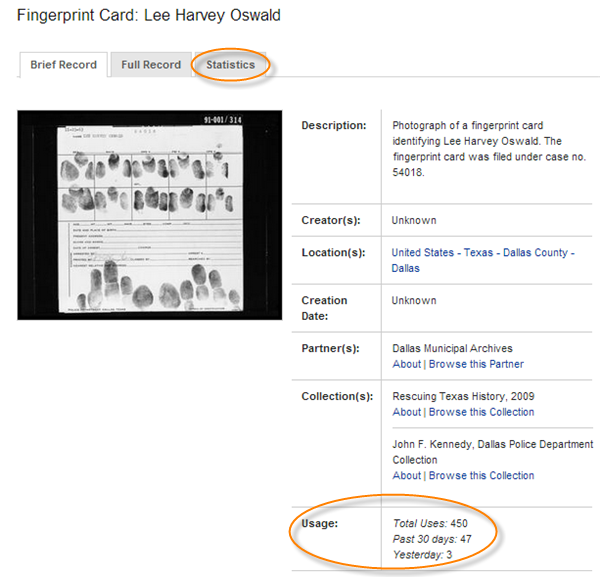
![[Children in Goat-Pulled Cart]](http://blogs.library.unt.edu/digital-collections/wp-content/uploads/sites/migrated/4/goat-cart.jpg)
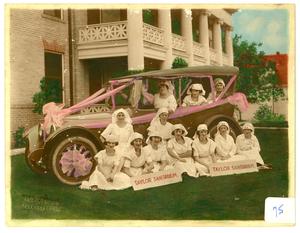
![[Woman Sitting on Longhorn]](http://blogs.library.unt.edu/digital-collections/wp-content/uploads/sites/migrated/4/girl-on-bull.jpg)
![[U.S. Highway 79 in Taylor]](http://blogs.library.unt.edu/digital-collections/wp-content/uploads/sites/migrated/4/street-corner.jpg)
